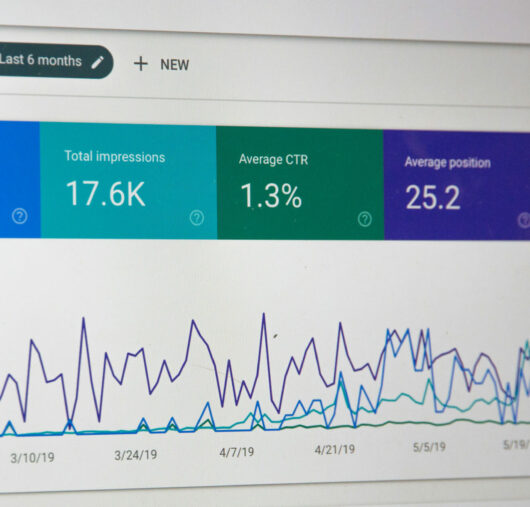What is UX Design – and Why Do We Need to Know?
The digital world can appear baffling, with so many products being available and a never-ending stream of acronyms and online initiatives which companies are told they must take “in order not to be left behind”. That’s where UX comes in, because it starts with the user and their requirements in terms of end-result and interface.
UX stands for “user experience” and it basically describes how a user feels when they use a product or service. User experiences can range from good ones, which are easy and enjoyable, to bad user experiences which are complicated, confusing and frustrating.
UX design is the process of designing these experiences. It involves identifying and understanding a specific user problem and designing products or services to address the problem in a way that centres on the user.
The type of experience that a company provides for its customers often determines whether the company achieves a sale or not and, more broadly, how the brand is perceived in the marketplace.
Just consider the following statistics:
- It has been estimated that a well-designed user interface can double the conversion rate of your website;
- 66% of customers are willing to pay more for a great experience ;
- 84% of customers say the overall experience a company provides is just as important as its products and services;
- Nearly three-quarters of customers will tell up to six other people about a good user experience they had. This is excellent for brand reputation and winning new customers;
- Finally and perhaps most importantly every pound invested in UX brings a return of £100.
So paying attention to UX design can mean:
- Improved customer loyalty and retention
- A stronger brand reputation
- Better word-of-mouth marketing, with satisfied users more likely to recommend your brand
- Higher conversion rates
- Increased sales and revenue
- A competitive edge in your market
For a business, prioritising the user experience results in happier customers who remain loyal over time. This in turn achieves higher conversion rates and increased revenue, lower development costs and an overall stronger, more competitive brand.
First impressions are critical and while the User Interface (UI) is usually one of the key factors in creating a positive first impression (or not), it is down to the UX whether that positive first impression is sustained. If visitors come back for more, this will mean that you have managed to capture and accommodate their needs and closely mimic their behaviour.
So how is that high quality UX created? There are a few quick wins that can help you demonstrate very rapidly why UX design improves the reputation of your brand and attracts new target customers:
- Start with a meaningful, effective, and visually appealing website
- Define the customer journey, creating intuitive navigation, with an error-free user experience
- Site structure and interaction design are extremely important for a flawless user experience and make sure to eliminate usability issues
- Don’t neglect user interfaces on mobile, which is how many customers will access your website
- Social media integration is also essential, making sure that you keep up with the latest channels and target your messaging effectively, depending which channel you are using and which audience you are targeting.
Effective UX design facilitates the customer journey through your website, enabling users to navigate intuitively from one section of a site to another without wasting time figuring out how to complete a task or to get back to the main menu.
This type of seamless behaviour from a website doesn’t happen by accident. It is the result of your UX designers’ input in creating UX wireframes – comprising a skeletal framework, a design process with a clearly organised hierarchy, visual guides, and thorough research of the website user’s needs, behaviour and expectations.
So how to achieve that, given that a construction company’s business is about selling products and services, not designing websites?
The whole point of UX however is that it starts with the customer’s needs and the customer’s market. This is where picking the right design partner comes in. It is probably a given that this should be a partner who of course understands web design, knows their UX from their UI, and has experience of producing websites for commercial customers. However, by choosing a web design agency that is embedded in the flooring market, that understands the products, the routes to market and the key trends you are likely to achieve a much more effective result for the customer.
So don’t just choose any web design agency, but choose a construction market web design agency!




